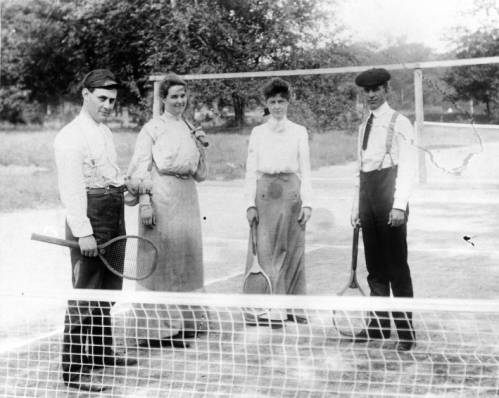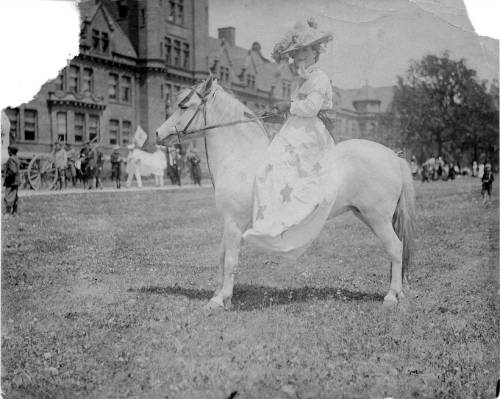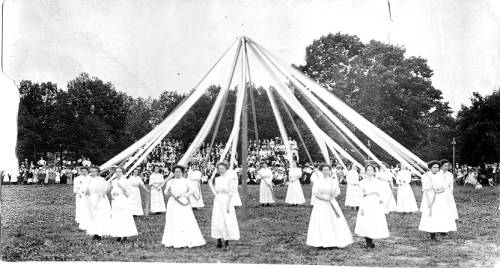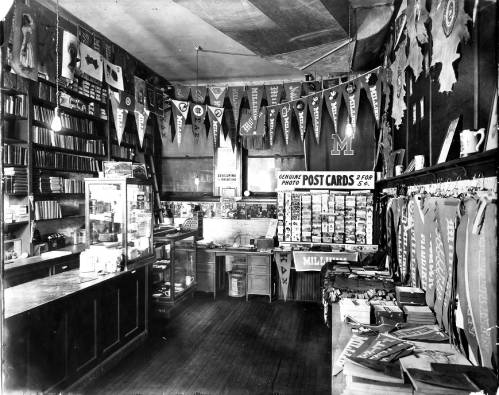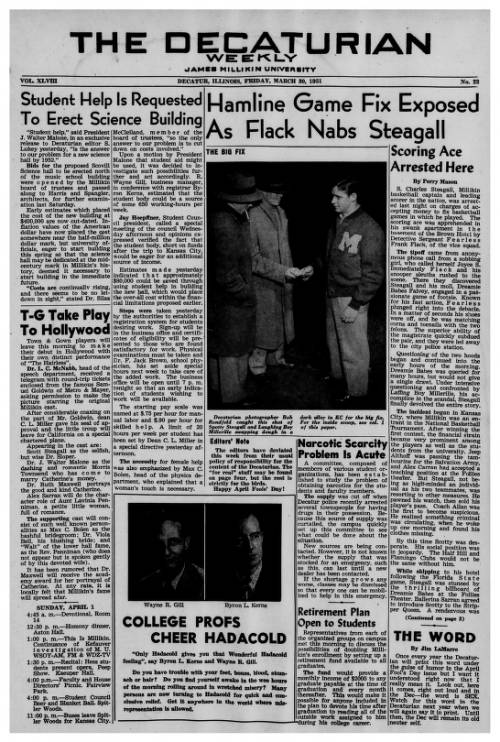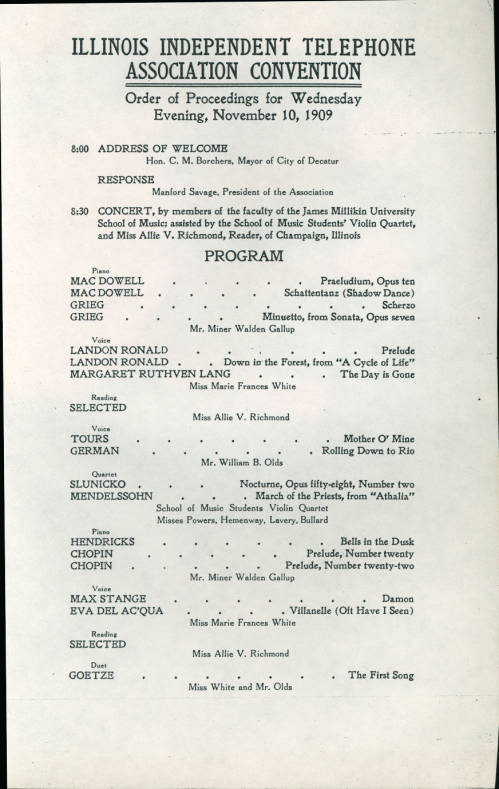The fairly simple sport of soccer, known internationally as football, is the world’s most popular ball game in numbers of participants and spectators. With the 2022 Men’s FIFA World Cup currently in play, the IDHH would like to highlight the sport of soccer and its rise in popularity in the United States. Soccer was brought to North America by European immigrants in the 1860s, with informal matches being contested by Canadian and American teams by the mid-1880s. Already a pastime with a devoted audience and professional associations in Britain, soccer was not immediately popular in Canada or the United States, as ice hockey and gridiron football (American football) were becoming more prominent respectively.
However, American cities with large immigrant populations, such as Philadelphia, Chicago, and New York City, saw the sport played widely, and led to the official formation of the United States Soccer Federation in 1913. Over the first half of the 20th century, soccer’s popularity in the United States would steadily rise without ever truly finding a regular fan base. The sport’s fortunes would shift in the 1960s and ‘70s, though, as American teams began signing international players, such as the Brazilian athlete Pelé, and the passage of Title IX in 1972 further encouraged the participation of female players. Viewed as less violent and more socially inclusive than American football, soccer benefited from an influx of younger soccer players in the 1980s and ‘90s. The United States would host the 1999 FIFA Women’s World Cup, setting an all-time attendance record as the U.S. women’s team led by Mia Hamm clinched the Cup. In the last two decades, soccer has solidified itself as a significant sport in the United States, with the creation of various national soccer associations and leagues, and a devoted following of American teams on the international stage.
Here are a few of our favorite soccer items:
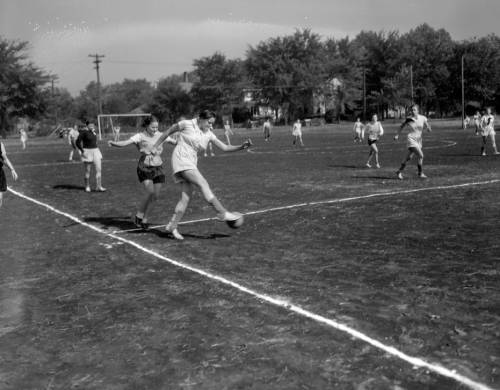
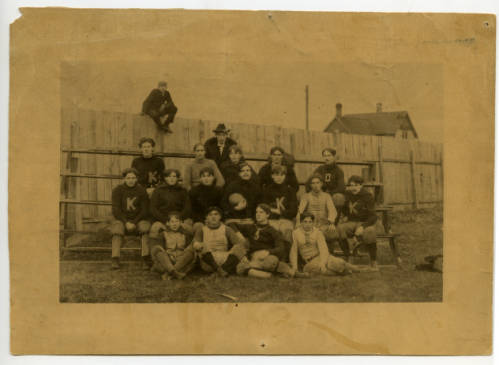

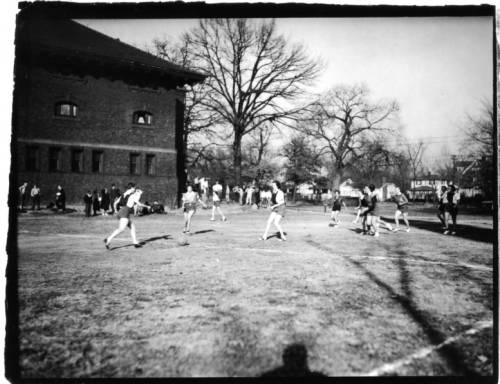
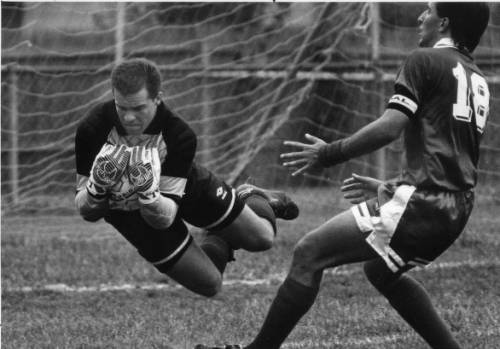
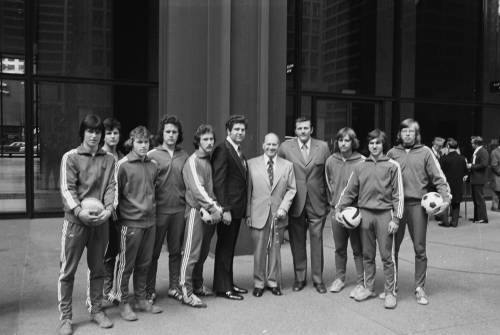
Want to see more?
Visit the IDHH to browse even more items related to the sport of soccer.

